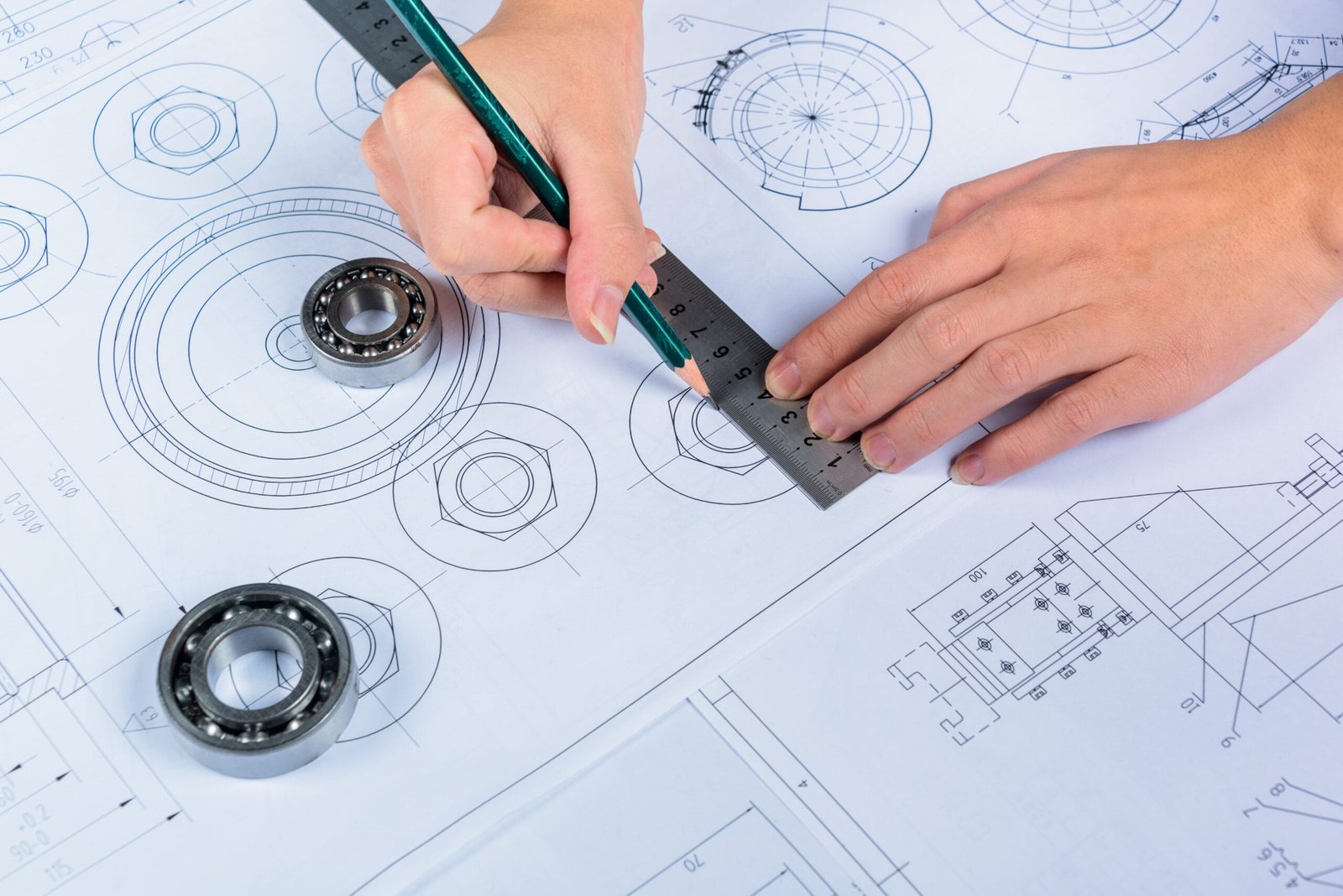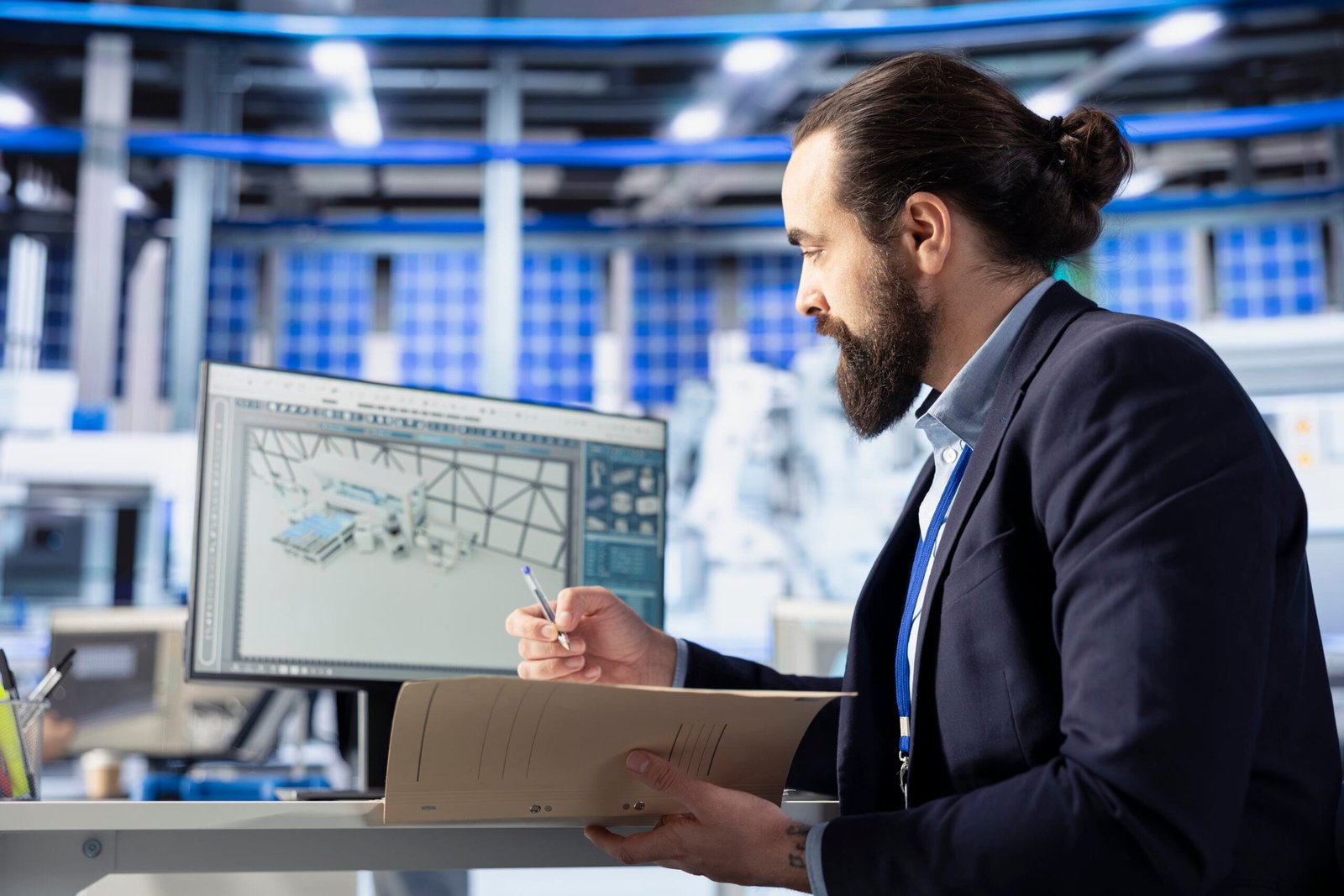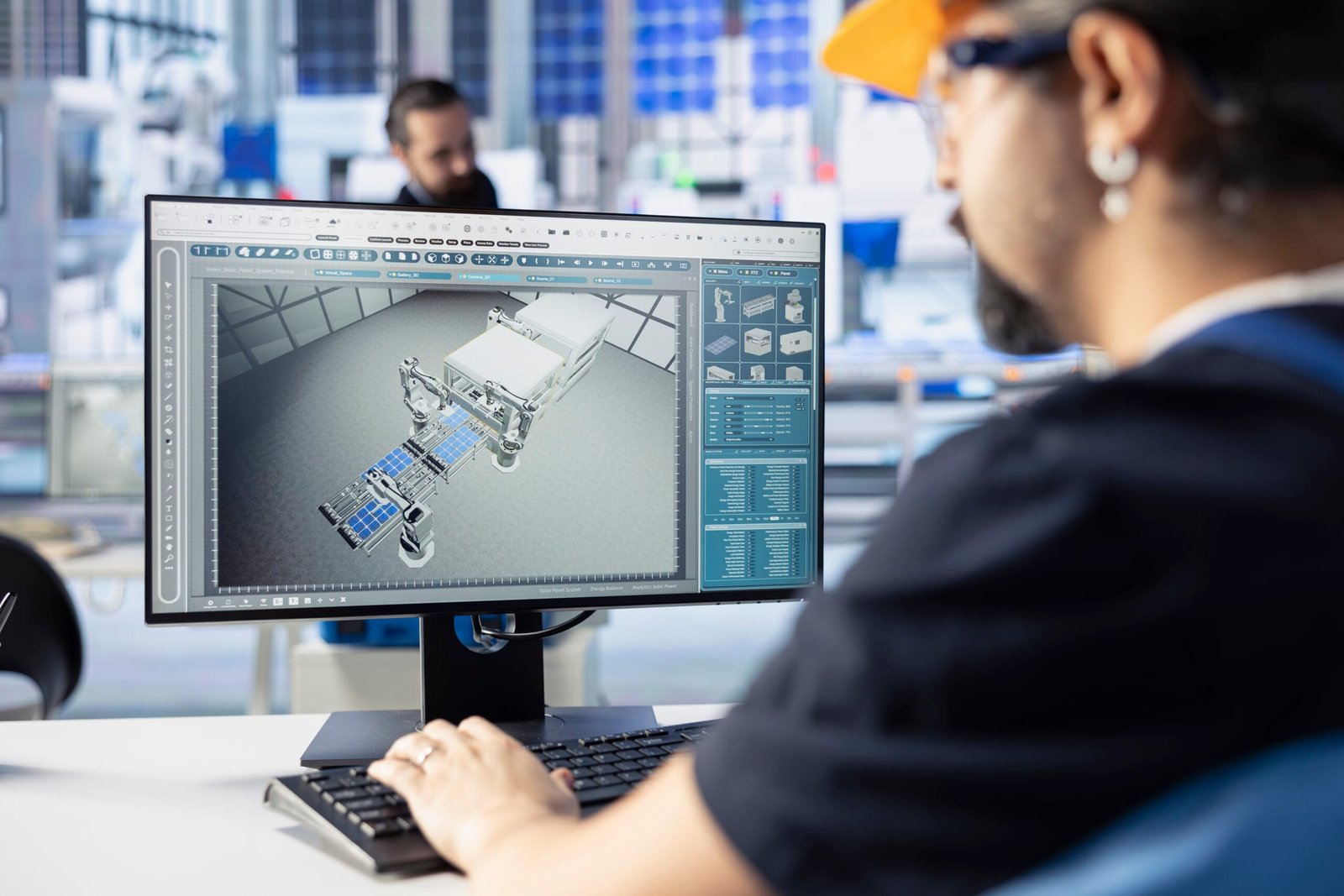Introduction
In the world of design and engineering, 3D Rendering in Blender plays a crucial role in visualizing concepts, prototypes, and final products before they are built. One of the most powerful tools available for 3D rendering is Blender—a free and open-source software that is widely used in the fields of architecture, product design, animation, and more. At DesignHok, we leverage 3D Rendering in Blender advanced features to create high-quality, realistic, and detailed 3D renderings for various design projects.
This blog will explore the importance of 3D rendering in design, the benefits of using Blender, key features that make it a preferred choice, and how DesignHok utilizes this software to deliver exceptional results.
What is 3D Rendering in Blender?
3D Rendering in Blender is the process of generating a realistic or stylized 2D image from a 3D model using computer software. This technique is widely used in industries like architecture, interior design, product visualization, gaming, animation, and advertising.
The rendering process involves several key steps:
- Modeling – Creating a 3D representation of the object or scene.
- Texturing – Applying materials, colors, and textures to the 3D model.
- Lighting – Adding lights to enhance realism and define the mood.
- Rendering – Converting the 3D scene into a high-quality image or animation.
3D Rendering in Blender excels in all these areas, making it a versatile and powerful choice for professional 3D rendering.
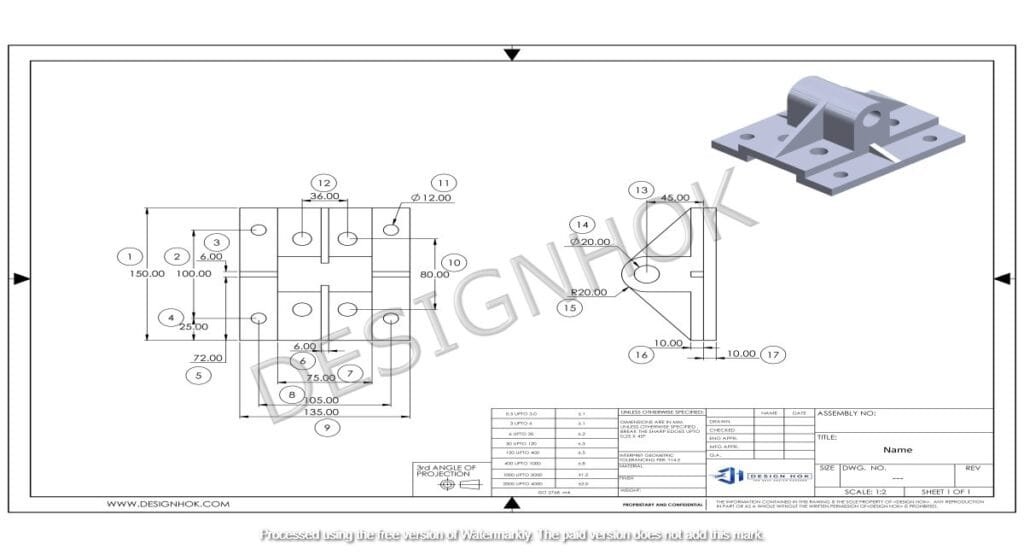
Why Choose for 3D Rendering in Blender?
Blender is one of the most popular 3D Rendering in Blender tools because of its flexibility, powerful features, and free accessibility. Here are some key reasons why DesignHok uses Blender for 3D rendering:
1. Open-Source and Free
Unlike other expensive 3D Rendering in Blender software, Blender is completely free. This allows designers, architects, and engineers to create high-quality renders without the burden of software costs.
2. Powerful Rendering Engines
Blender comes with two built-in rendering engines:
- Cycles: A ray-tracing engine that produces photorealistic images with detailed reflections, shadows, and textures.
- Eevee: A real-time rendering engine that is ideal for fast previews and animations.
At DesignHok, we use both engines depending on the project requirements.
3. Advanced Modeling and Texturing Tools
Blender provides powerful modeling tools, allowing users to create complex designs with precision. It also has a node-based shading system, which enables the creation of realistic materials and textures.
4. Efficient Workflow and Customization
Blender’s user interface is highly customizable, making it easy to adapt to different workflows. Keyboard shortcuts, scripting (Python), and plugins improve efficiency and speed up the rendering process.
5. Animation and Motion Graphics
Blender is not just for still images—it also supports animation, motion tracking, and VFX (visual effects). This makes it perfect for creating animated design presentations and product visualizations.
6. Large Community and Constant Updates
Since Blender is open-source, it has a strong global community that continuously improves the software. Frequent updates introduce new tools and features, keeping Blender at the forefront of 3D technology.
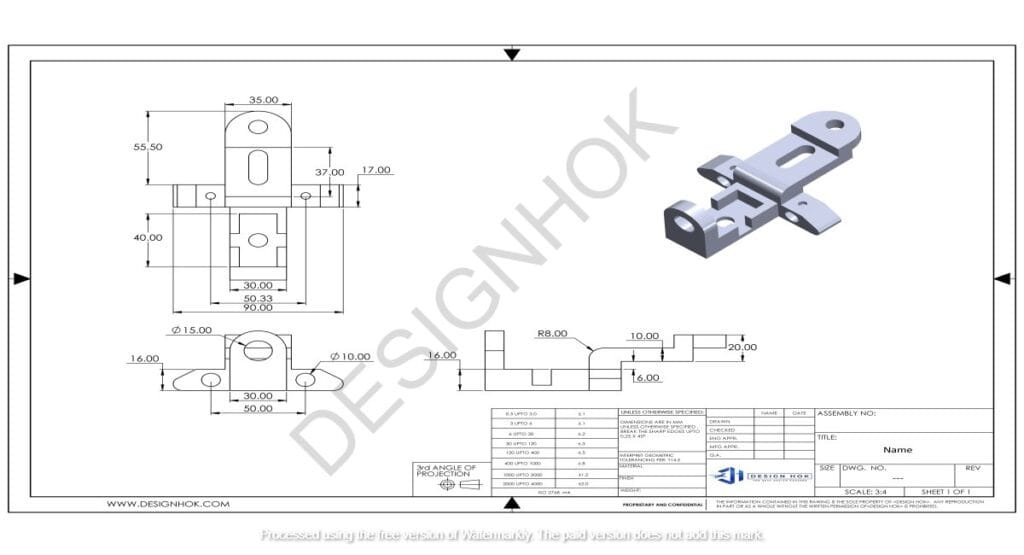
How DesignHok Uses Blender for 3D Rendering
At DesignHok, we use Blender to enhance design visualization and provide clients with realistic previews of their projects. Here’s how we integrate Blender into our workflow:
1. Architectural Visualization
We create detailed 3D Rendering in Blender of buildings, interiors, and landscapes, allowing architects and clients to visualize designs before construction.
2. Product Design and Prototyping
Blender helps us design and test product concepts, enabling companies to see how their products will look and function in real life.
3. Engineering and Mechanical Designs
We use Blender to create technical and mechanical 3D models, making it easier to understand the functionality of complex machinery and systems.
4. Animations for Presentations
Blender allows us to animate designs, simulate real-world interactions, and create engaging presentations that help clients understand project details better.
5. 3D Rendering for Marketing and Advertising
We provide high-quality 3D visuals for advertising materials, brochures, websites, and social media promotions.
Steps to Create a 3D Render in Blender
If you’re new to Blender, here’s a step-by-step guide to creating a basic 3D render:
Step 1: Open Blender and Set Up Your Scene
- Start Blender and delete the default cube if needed.
- Import or create your 3D model.
Step 2: Apply Materials and Textures
- Use the Shader Editor to apply realistic materials.
- Add textures such as metal, wood, glass, or fabric.
Step 3: Add Lighting
- Use HDRI (High Dynamic Range Image) lighting for realism.
- Adjust spotlights and area lights for shadows and depth.
Step 4: Set Up the Camera
- Position the camera angle to capture the best perspective.
- Adjust the focal length and depth of field for realism.
Step 5: Choose a Rendering Engine
- Use Cycles for high-quality photorealistic rendering.
- Use Eevee for faster real-time rendering.
Step 6: Render the Image
- Adjust the render settings (resolution, samples, denoising) for the best output.
- Click Render and wait for Blender to generate the final image.
Conclusion
Blender is a powerful and versatile tool for 3D Rendering in Blender, making it an excellent choice for professionals in architecture, product design, and engineering. At DesignHok, we use Blender to create high-quality, detailed, and realistic 3D renders that help clients visualize their projects with clarity.
Whether you need architectural visualization, product prototyping, mechanical design, or marketing materials, our team at DesignHok is here to provide top-notch 3D Rendering in Blender services.
If you’re interested in bringing your design ideas to life with stunning 3D visuals, contact DesignHok today!
Frequently Asked Questions (FAQ)
Q1: Is Blender good for professional 3D rendering?
Yes, Blender is widely used by professionals in architecture, product design, and animation due to its powerful tools, free access, and continuous updates.
Q2: How long does it take to render a 3D image in Blender?
Rendering time depends on scene complexity, resolution, lighting, and hardware performance. Simple renders take a few minutes, while detailed scenes can take hours.
Q3: Can Blender be used for commercial projects?
Yes! Blender is open-source and free for commercial use, making it an excellent choice for businesses and professionals.
Q4: What is the difference between Cycles and Eevee?
- Cycles: Produces realistic, high-quality renders with ray tracing but takes longer.
- Eevee: Faster real-time rendering but with lower realism compared to Cycles.
Q5: Does DesignHok offer 3D rendering services for businesses?
Yes! DesignHok specializes in architectural visualization, product design, mechanical rendering, and marketing materials using Blender.



